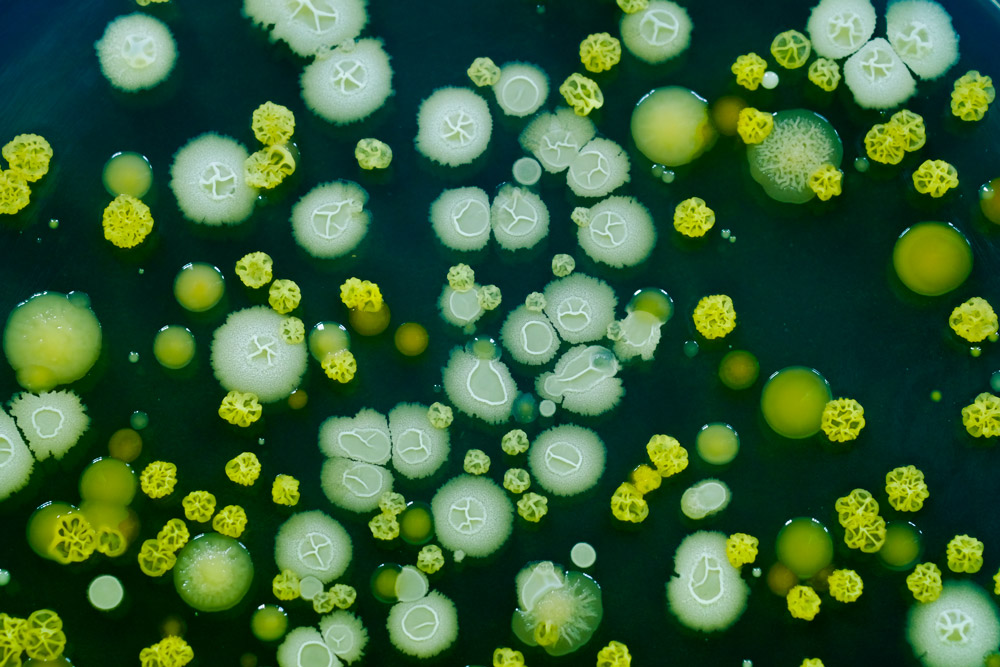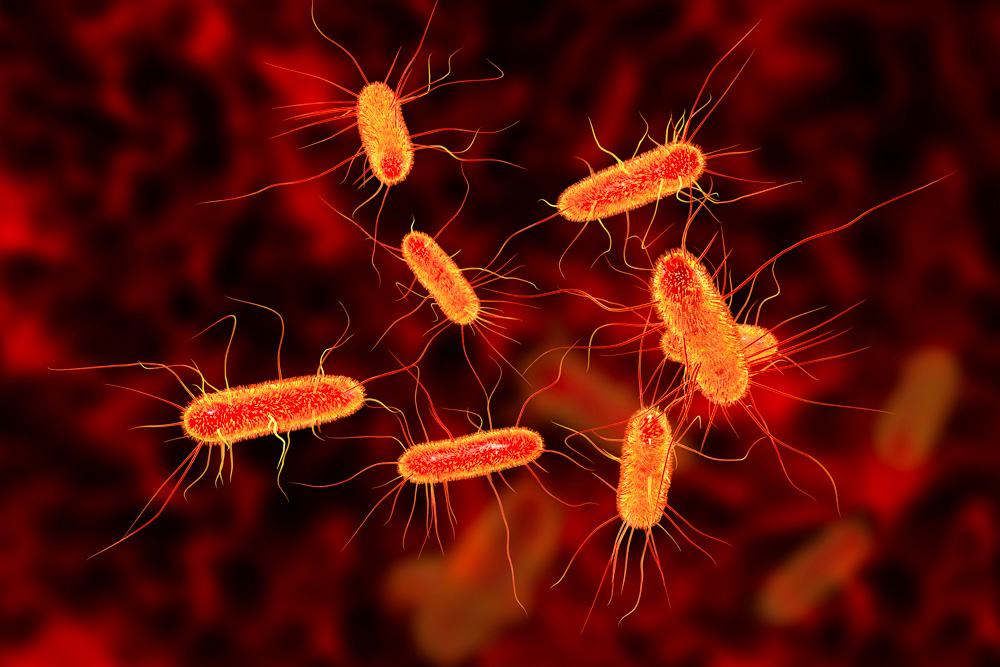Effective Resource Competition Model for Species Coexistence
Abstract
Local coexistence of species in large ecosystems is traditionally explained within the broad framework of niche theory. However, its rationale hardly justifies rich biodiversity observed in nearly homogeneous environments. Here we consider a consumer-resource model in which a coarse-graining procedure accounts for a variety of ecological mechanisms and leads to effective spatial effects which favor species coexistence. Herein, we provide conditions for several species to live in an environment with very few resources. In fact, the model displays two different phases depending on whether the number of surviving species is larger or smaller than the number of resources. We obtain conditions whereby a species can successfully colonize a pool of coexisting species. Finally, we analytically compute the distribution of the population sizes of coexisting species. Numerical simulations as well as empirical distributions of population sizes support our analytical findings.
Virus-Host Interactions Shape Viral Dispersal Giving Rise to Distinct Classes of Traveling Waves in Spatial Expansions
Abstract
Reaction-diffusion waves have long been used to describe the growth and spread of populations undergoing a spatial range expansion. Such waves are generally classed as either pulled, where the dynamics are driven by the very tip of the front and stochastic fluctuations are high, or pushed, where cooperation in growth or dispersal results in a bulk-driven wave in which fluctuations are suppressed. These concepts have been well studied experimentally in populations where the cooperation leads to a density-dependent growth rate. By contrast, relatively little is known about experimental populations that exhibit density-dependent dispersal. Using bacteriophage T7 as a test organism, we present novel experimental measurements that demonstrate that the diffusion of phage T7, in a lawn of host E. coli, is hindered by steric interactions with host bacteria cells.
The coupling between host density, phage dispersal, and cell lysis caused by viral infection results in an effective density-dependent diffusion coefficient akin to cooperative behavior. Using a system of reaction-diffusion equations, we show that this effect can result in a transition from a pulled to pushed expansion. Moreover, we find that a second, independent density-dependent effect on phage dispersal spontaneously emerges as a result of the viral incubation period, during which, phage is trapped inside the host unable to disperse. Additional stochastic agent-based simulations reveal that lysis time dramatically affects the rate of diversity loss in viral expansions.
Taken together, our results indicate both that bacteriophage can be used as a controllable laboratory population to investigate the impact of density-dependent dispersal on evolution, and that the genetic diversity and adaptability of expanding viral populations could be much greater than is currently assumed.
Macroecological laws describe variation and diversity in microbial communities
Abstract
How the coexistence of many species is maintained is a fundamental and unresolved question in ecology. Coexistence is a puzzle because we lack a mechanistic understanding of the variation in species presence and abundance. Whether variation in ecological communities is driven by deterministic or random processes is one of the most controversial issues in ecology.
Here, I study the variation of species presence and abundance in microbial communities from a macroecological standpoint. I identify three macroecological laws that quantitatively characterize the fluctuation of species abundance across communities and over time. Using these three laws, one can predict species’ presence and absence, diversity, and commonly studied macroecological patterns.
I show that a mathematical model based on environmental stochasticity, the stochastic logistic model, quantitatively predicts the three macroecological laws, as well as non-stationary properties of community dynamics.
Taxonomic classification method for metagenomics based on core protein families with Core-Kaiju
Abstract
Characterizing species diversity and composition of bacteria hosted by biota is revolutionizing our understanding of the role of symbiotic interactions in ecosystems. Determining microbiomes diversity implies the assignment of individual reads to taxa by comparison to reference databases. A
lthough computational methods aimed at identifying the microbe(s) taxa are available, it is well known that inferences using different methods can vary widely depending on various biases. In this study, we first apply and compare different bioinformatics methods based on 16S ribosomal RNA gene and shotgun sequencing to three mock communities of bacteria, of which the compositions are known.
We show that none of these methods can infer both the true number of taxa and their abundances. We thus propose a novel approach, named Core-Kaiju, which combines the power of shotgun metagenomics data with a more focused marker gene classification method similar to 16S, but based on emergent statistics of core protein domain families. We thus test the proposed method on various mock communities and we show that Core-Kaiju reliably predicts both number of taxa and abundances.
Finally, we apply our method on human gut samples, showing how Core-Kaiju may give more accurate ecological characterization and a fresh view on real microbiomes.
Constrained proteome allocation affects coexistence in models of competitive microbial communities
Abstract
Microbial communities are ubiquitous and play crucial roles in many natural processes. Despite their importance for the environment, industry and human health, there are still many aspects of microbial community dynamics that we do not understand quantitatively.
Recent experiments have shown that the structure and composition of microbial communities are intertwined with the metabolism of the species that inhabit them, suggesting that properties at the intracellular level such as the allocation of cellular proteomic resources must be taken into account when describing microbial communities with a population dynamics approach. In this work, we reconsider one of the theoretical frameworks most commonly used to model population dynamics in competitive ecosystems, MacArthur’s consumer-resource model, in light of experimental evidence showing how proteome allocation affects microbial growth.
This new framework allows us to describe community dynamics at an intermediate level of complexity between classical consumer-resource models and biochemical models of microbial metabolism, accounting for temporally-varying proteome allocation subject to constraints on growth and protein synthesis in the presence of multiple resources, while preserving analytical insight into the dynamics of the system. W
e first show with a simple experiment that proteome allocation needs to be accounted for to properly understand the dynamics of even the simplest microbial community, i.e. two bacterial strains competing for one common resource. Then, we study our consumer-proteome-resource model analytically and numerically to determine the conditions that allow multiple species to coexist in systems with arbitrary numbers of species and resources.
Threshold accumulation of a constitutive protein explains E. coli cell-division behavior in nutrient upshifts
Abstract
Despite a boost of recent progress in dynamic single-cell measurements and analyses in Escherichia coli, we still lack a mechanistic understanding of the determinants of the decision to divide.
Specifically, the debate is open regarding the processes linking growth and chromosome replication to division and on the molecular origin of the observed “adder correlations,” whereby cells divide, adding roughly a constant volume independent of their initial volume. In order to gain insight into these questions, we interrogate dynamic size-growth behavior of single cells across nutrient upshifts with a high-precision microfluidic device.
We find that the division rate changes quickly after nutrients change, much before growth rate goes to a steady state, and in a way that adder correlations are robustly conserved. Comparison of these data to simple mathematical models falsifies proposed mechanisms, where replication–segregation or septum completions are the limiting step for cell division. Instead, we show that the accumulation of a putative constitutively expressed “P-sector divisor” protein explains the behavior during the shift.
Genome size variation and species diversity in salamanders
Abstract
Salamanders (Urodela) have among the largest vertebrate genomes, ranging in size from 10 to 120 pg. Although changes in genome size often occur randomly and in the absence of selection pressure, nonrandom patterns of genome size variation are evident among specific vertebrate lineages.
Several reports suggest a relationship between species richness and genome size, but the exact nature of that relationship remains unclear both within and across different taxonomic groups. Here, we report (a) a negative relationship between haploid genome size (C-value) and species richness at the family taxonomic level in salamander clades; (b) a correlation of C-value and species richness with clade crown age but not with diversification rates; (c) strong associations between C-value and both geographic area and climatic-niche rate. Finally, we report a relationship between C-value diversity and species diversity at both the family- and genus-level clades in urodeles.







